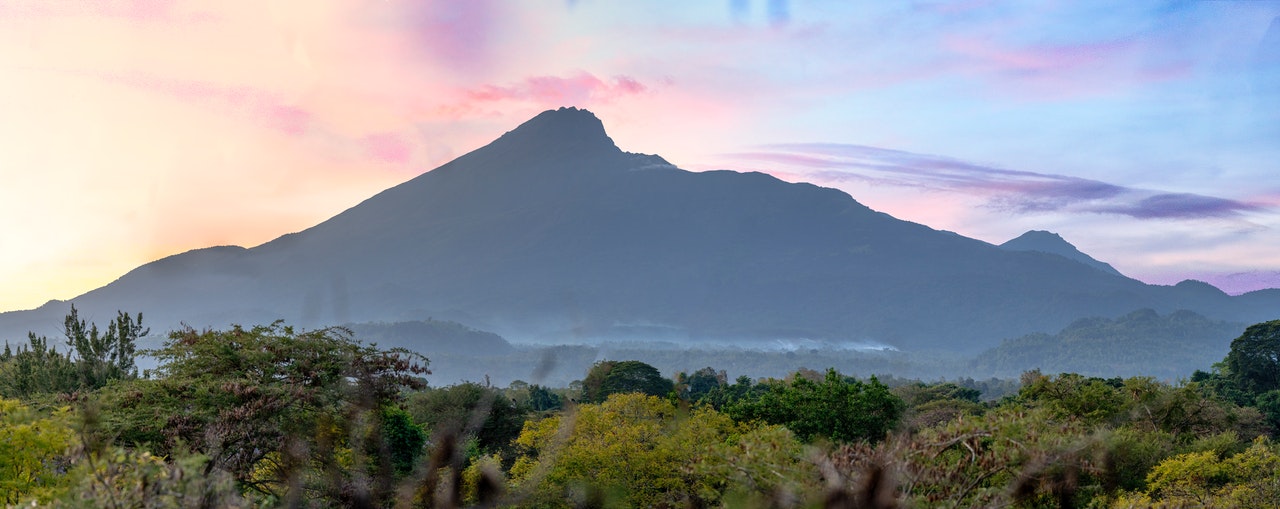There are spectacular marathons and half marathons around the world for those who enjoy running in historic locations. These include the Angkor Wat Half Marathon, the Easter Island Marathon, and the Inca Trail Marathon to Machu Picchu, just to name a few. To this list you can add the Kilimanjaro Marathon, commonly known as the Kilimarathon.
If you enjoy traveling to majestic locations to give yourself an added boost as you complete your long-distance running races, you’ll want to consider the Kilimarathon. You’ll be in good company, too, as each year, hundreds of people sign up to run it. Keep reading to learn all you need to know about the location, the event, and some suggested post-race activities.
About Mt. Kilimanjaro
Located in Tanzania, Mt. Kilimanjaro is not only the tallest mountain in all of Africa, but it is the tallest free-standing mountain in the world, which means it is not part of a mountain range. It measures 19,341 feet high and is a partially dormant volcano. It is made up of three volcanic cones, and one has the potential to erupt in the future (albeit the last time an eruption was recorded was 360,000 years ago).
Mt. Kilimanjaro is instantly recognizable by its snow-capped summit, and it is part of Kilimanjaro National Park, which is also a UNESCO World Heritage site. The National Park and World Heritage designations are in recognition of the special ecology of the area. The mountain is a popular hiking and recreation area, and it’s estimated that tens of thousands of people climb the mountain every year.
About the Race
The Kilimarathon was started in 2002, meaning it will be celebrating its 20th anniversary in 2022, the next scheduled running of the race. Each year, the event is held at either the end of February or the beginning of March. Included in the event is a 5K fun run in addition to a half marathon and a full marathon.
Each race has different participation guidelines, which are outlined on the official website. For example, participants in the 5K fun run must be 10 years of age or older unless accompanied by an adult. Runners in the half marathon must be 18 years of age or older, while those participating in the full marathon must be at least 20.
Prior to the races, registration packets can be picked up in Dar-es-Salaam, Arusha, or Moshi. The races are held in and around the town of Moshi, with much of the activity centered around MoCU Stadium. In fact, the marathon starts and finishes in the stadium.
Inside the stadium, a festive atmosphere prevails, with musical entertainment and food and drink available. The race routes take participants not only through the town of Moshi but also through small farms, villages, coffee plantations, banana plantations, and forests. Both the half and the full marathon feature out and back routes, with the second half featuring a downhill finish.
Once the race is over, prizes are awarded in both the half and full marathon. In the half marathon, the first 5,500 participants receive medals, while in the full marathon, only the first 850 participants receive medals.
Post-Race Activities
The Kilimarathon was started as a way to promote tourism to Tanzania. In fact, today, one of the official event sponsors is the Tanzania Tourist Board. Organizers of the first race thought participants might also enjoy other activities in the area, such as mountain climbing and going on safari. To help in these efforts, organizers now offer add-on tours that feature these activities. They also advertise the many pubs and restaurants in Moshi available for participants to enjoy.
However, your post-race activities shouldn’t focus only on fun and adventure. As with any athletic endeavor, proper rest and recovery are important after racing. You’ll want to make sure to get enough sleep, as well as eat the proper foods to help reduce any post-race inflammation.
With so much going for it, the Kilimarathon is worthy of consideration for anyone interested in running. Due to current COVID-19 conditions, organizers have implemented several regulations meant to ensure safety for all participants. These include requiring face masks at the start and finish lines, staggered start times to promote social distancing, temperature checks, and hand sanitizer stations throughout the pre-race, race, and post-race experience.

